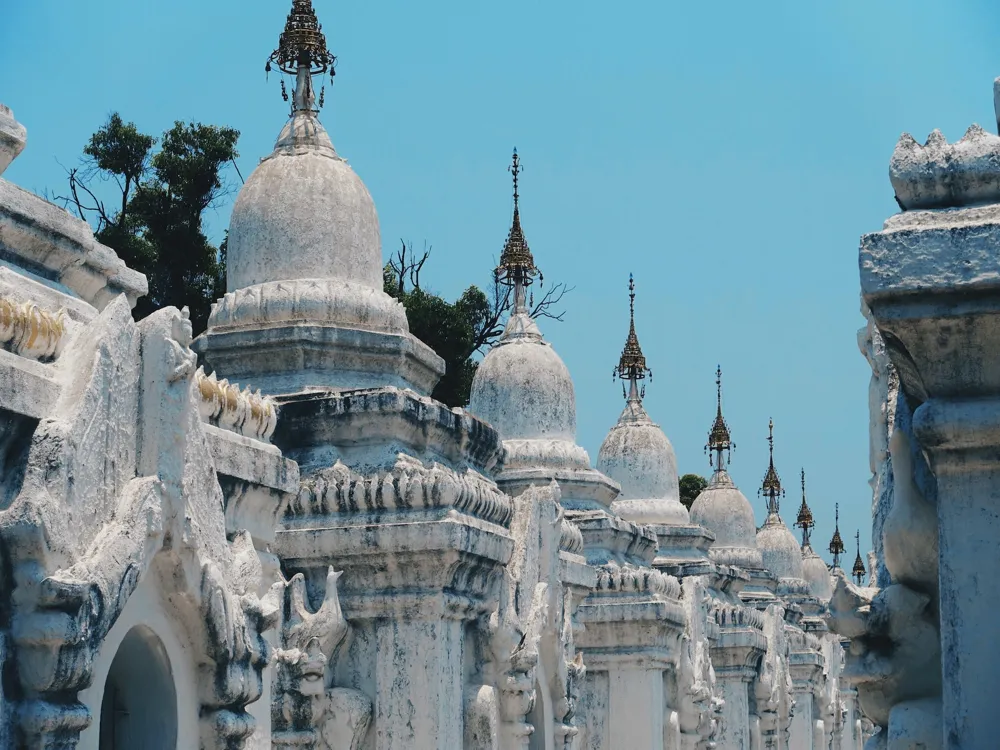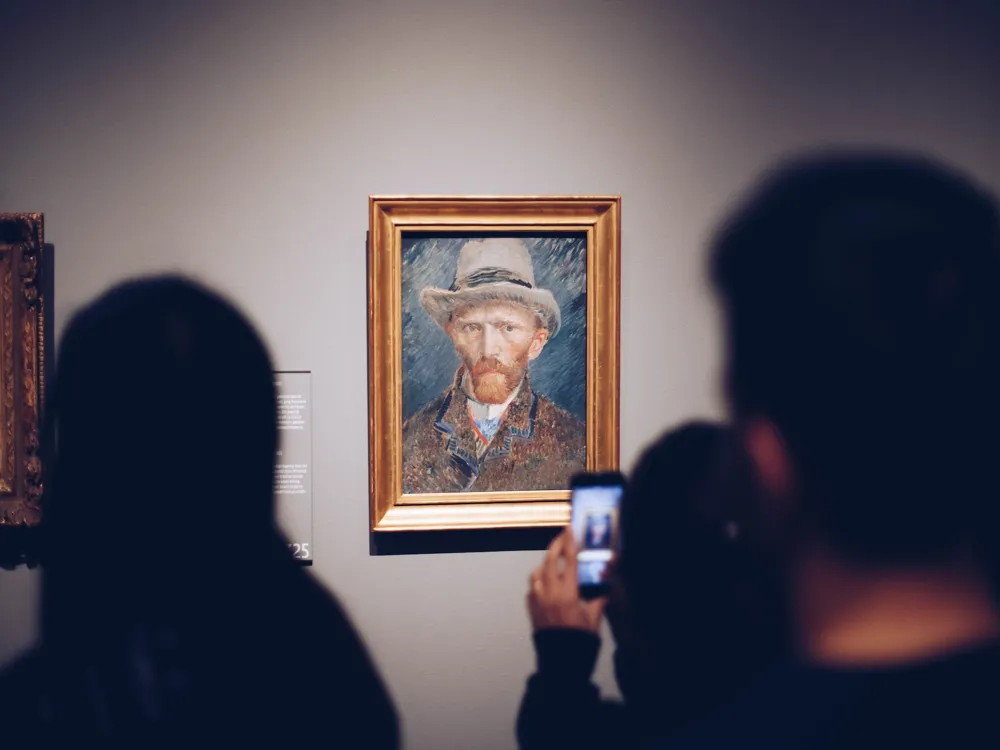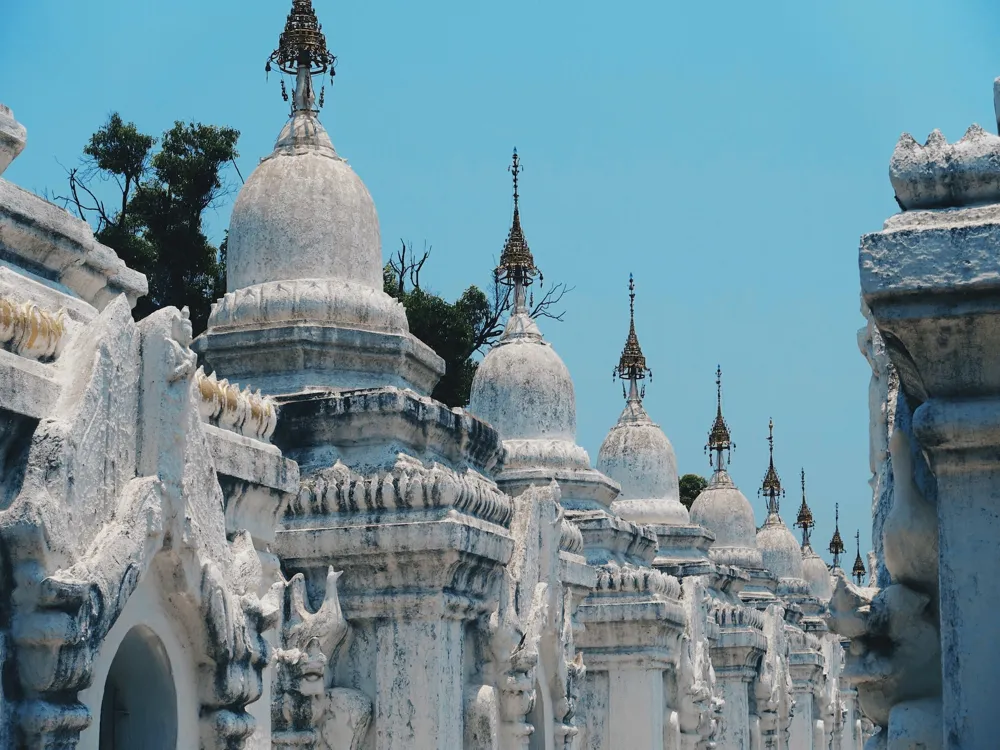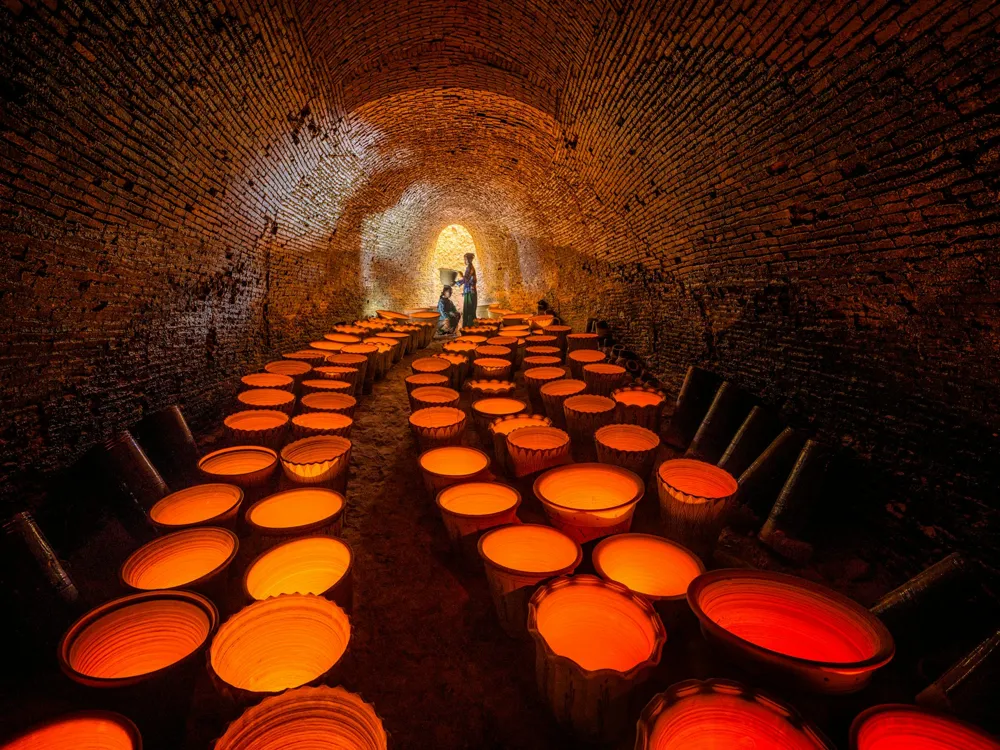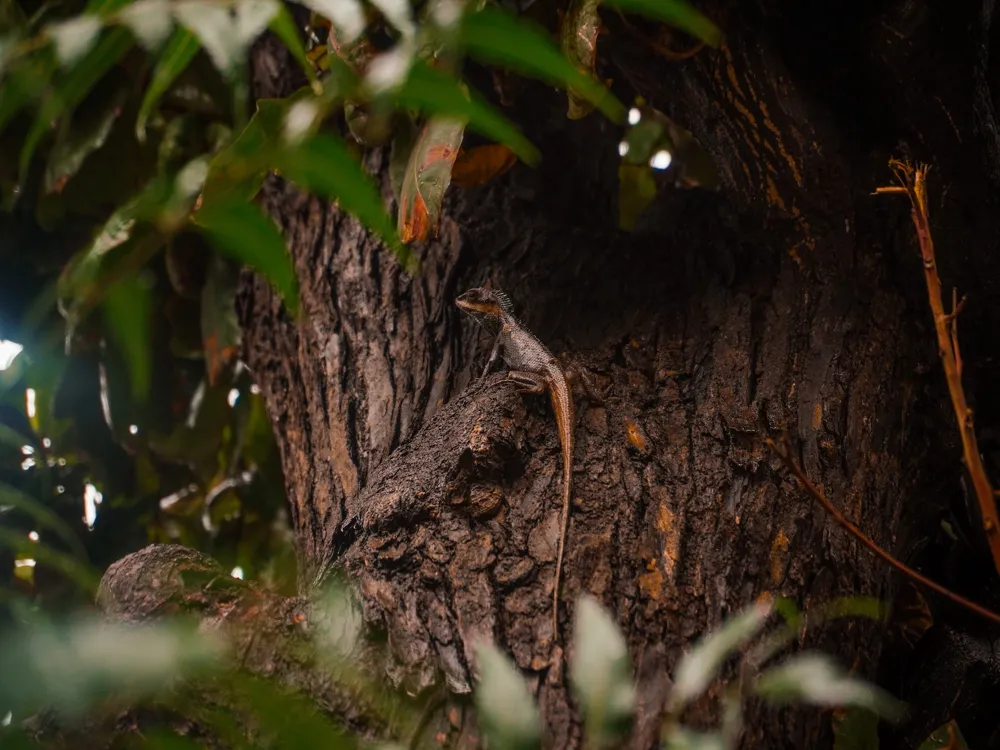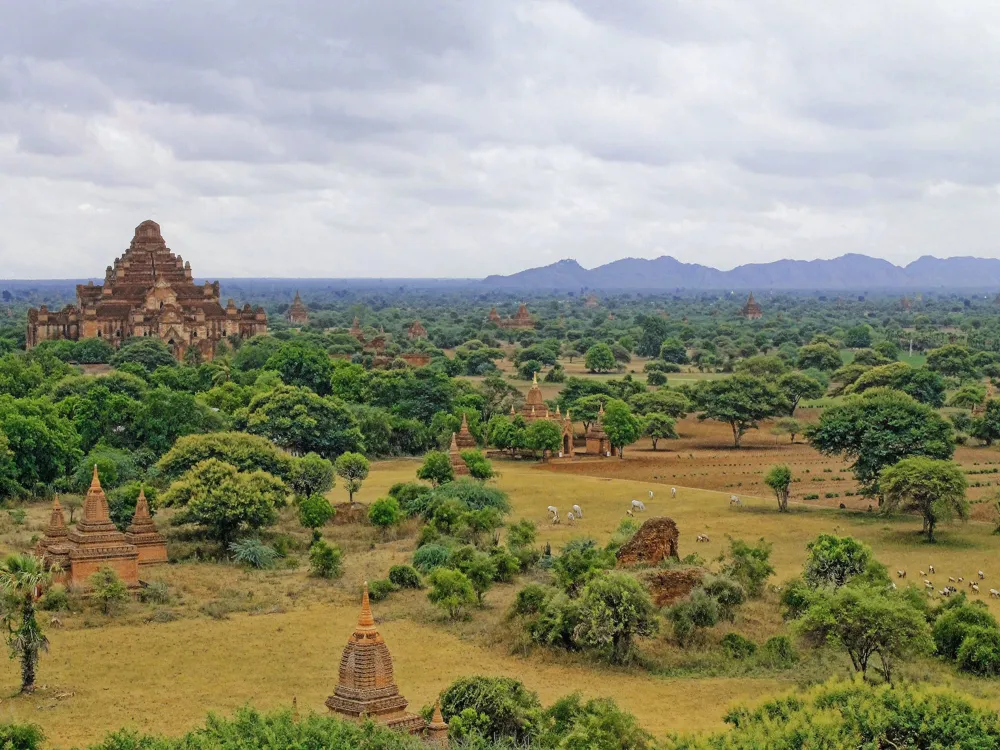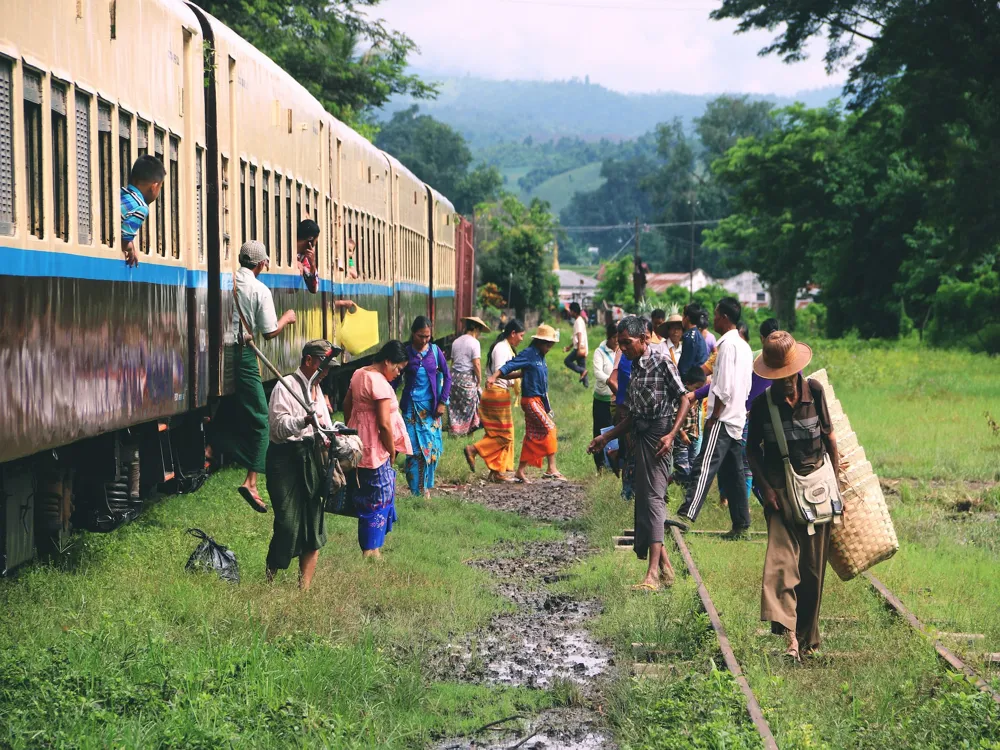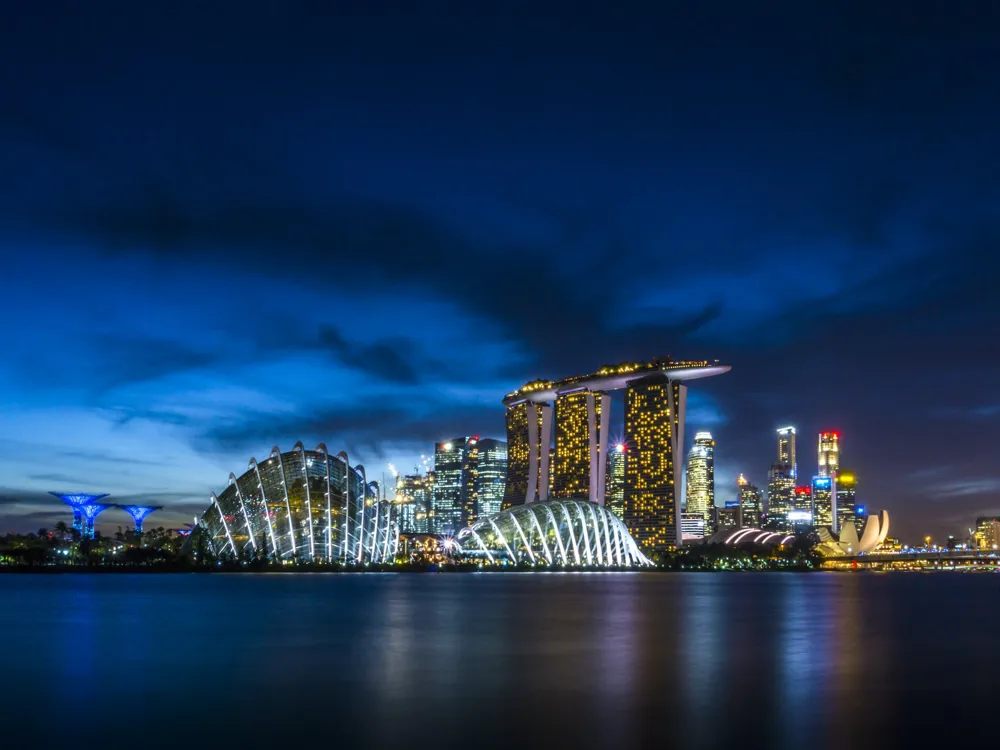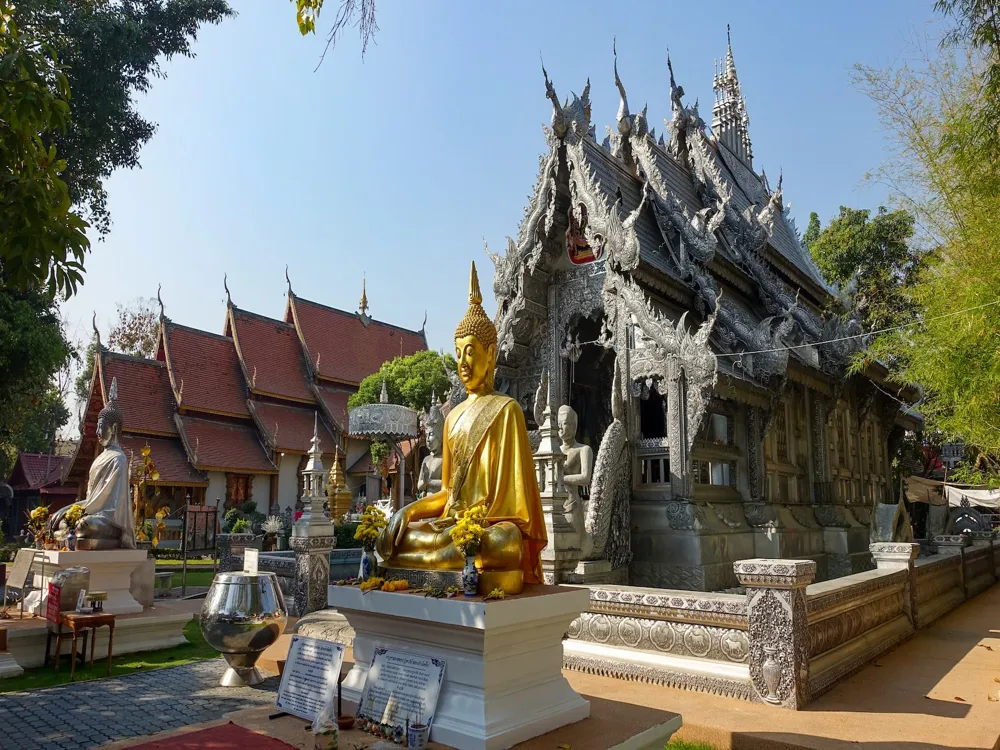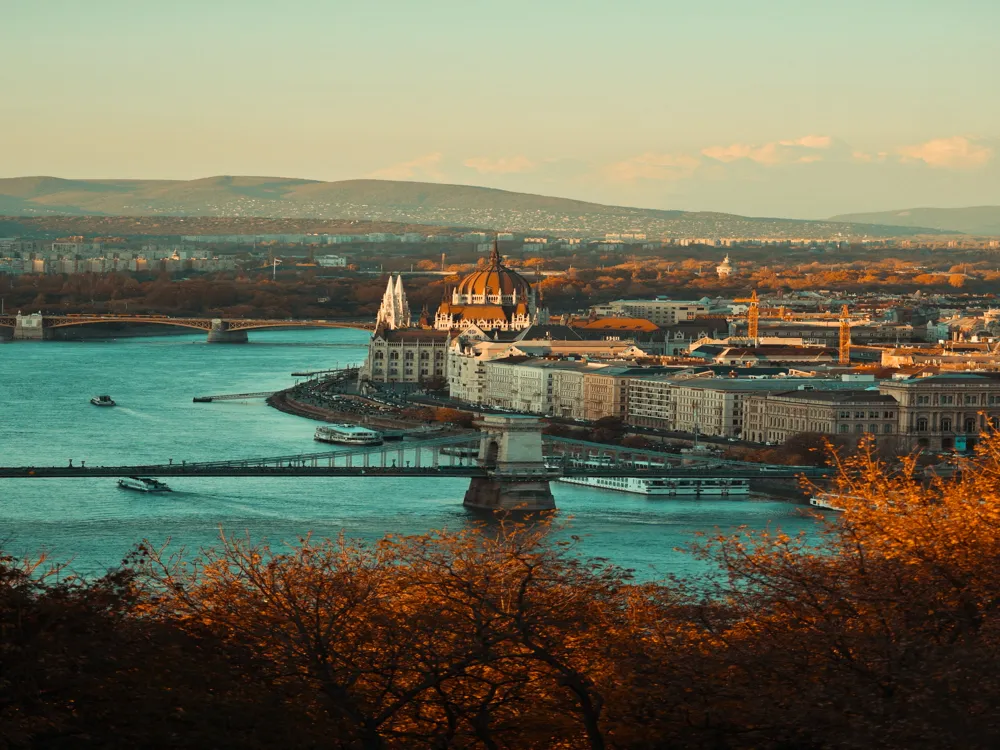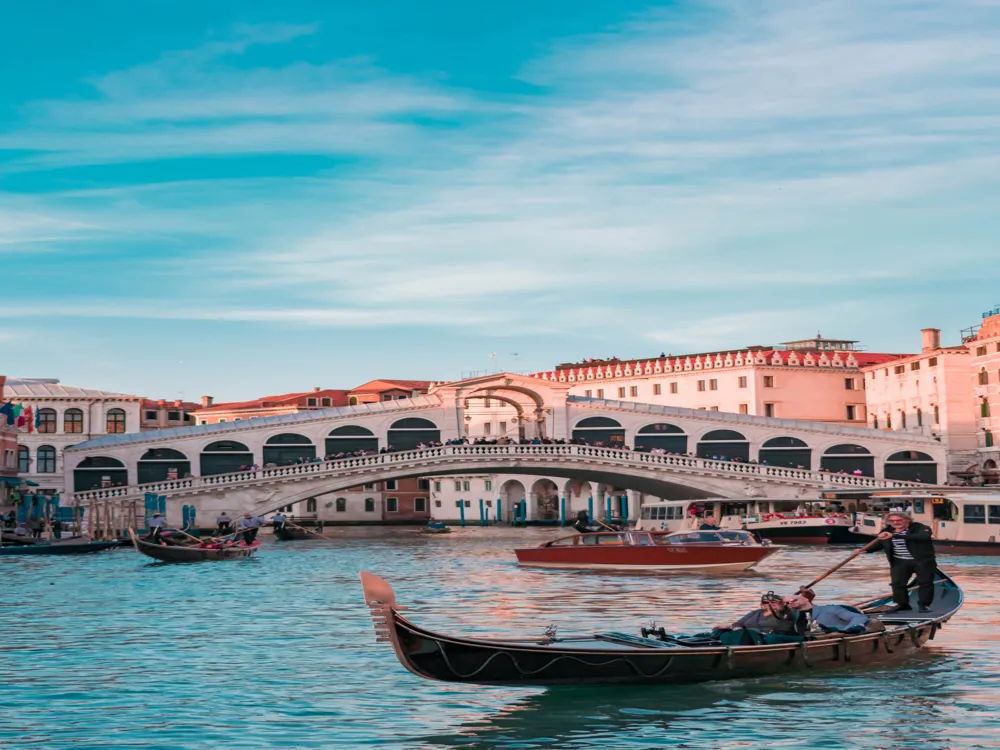Kuthodaw Pagoda, often referred to as the 'World's Largest Book,' is a remarkable Buddhist temple located in Mandalay, Myanmar. Established during the reign of King Mindon in 1857, this pagoda is renowned for its unique architectural beauty and cultural significance. The pagoda's premises house 729 marble slabs, each inscribed with Buddhist teachings, representing the entire Pali Canon, known as the Tripitaka. This unparalleled feature not only makes Kuthodaw Pagoda a significant spiritual site but also a monument of historical and literary value. The site's history begins with King Mindon's intent to leave a tangible religious and cultural legacy. His vision was to create a place where the Buddha's teachings were preserved and accessible to all, fostering a deep understanding and practice of Buddhism. The construction of the pagoda and the engraving of the scriptures was an immense task, involving hundreds of monks, artisans, and laborers, and spanned several years. Each marble slab, measuring over five feet tall, was meticulously carved and housed in its own stupa, forming a vast grid around the central golden pagoda. The architectural design of Kuthodaw Pagoda is a testament to the exquisite Burmese craftsmanship of the time. The central stupa, inspired by the Shwezigon Pagoda in Bagan, stands majestically at the heart of the complex, adorned with intricate carvings, gold leaf, and precious jewels. This central structure is surrounded by a multitude of smaller white stupas, each housing a marble slab. The layout of the pagoda complex is geometrically precise, symbolizing the Buddhist cosmology and the universe. The entire compound is enclosed within a high wall, signifying the enclosed world of Buddhist teachings. The significance of Kuthodaw Pagoda extends beyond its religious and architectural aspects. It stands as a symbol of the rich cultural heritage of Myanmar, reflecting the deep-rooted Buddhist beliefs and the historical journey of the nation. The pagoda's presence has been a constant through many periods of change, serving as a beacon of spiritual and intellectual enlightenment. Visiting Kuthodaw Pagoda offers a unique opportunity to immerse oneself in the essence of Myanmar's spiritual and cultural identity. The architectural brilliance of Kuthodaw Pagoda is a blend of spiritual symbolism and artistic grandeur. The central stupa, soaring to a height of 57 meters, embodies traditional Burmese architectural styles. It is built in a bell-shaped form, typical of Burmese stupas, symbolizing the Buddhist path to enlightenment. The stupa's umbrella crown, known as 'hti,' is embellished with precious stones and gold, representing the celestial abode. Surrounding the central stupa are 729 smaller stupas, each housing a single marble slab. These stupas are uniformly designed, creating a harmonious and rhythmic pattern throughout the complex. The stupas are built with a square base, tapering to a bell-shaped dome, and topped with a spire. The design reflects the three jewels of Buddhism: the Buddha, the Dharma (teachings), and the Sangha (monastic community). The alignment and spacing of these stupas are carefully planned, symbolizing the orderly nature of the universe and Buddhist teachings. The marble slabs themselves are masterpieces of art and calligraphy. Each slab is intricately inscribed with Pali script, showcasing the skill and dedication of the artisans. The script is not merely text; it is an artistic expression, with each character carefully crafted to be both aesthetically pleasing and easily readable. The slabs are protected by intricate pavilions, each with a multi-tiered Pyatthat roof, an architectural element commonly seen in Burmese royal and religious buildings. The use of white and gold throughout the pagoda complex is not only visually striking but also carries deep symbolic meaning. White represents purity and wisdom in Buddhism, while gold symbolizes enlightenment and the highest spiritual attainment. The entire complex is designed to guide visitors on a spiritual journey, with the central stupa representing the ultimate goal of enlightenment and the surrounding stupas symbolizing the path of teachings leading to that goal. Kuthodaw Pagoda's architecture is not just a representation of Buddhist beliefs; it is a functional space designed for worship, meditation, and learning. The layout facilitates a circumambulation path for devotees, allowing them to walk around the central stupa in a clockwise direction, a traditional practice in Buddhist worship. The design of the pagoda encourages reflection and contemplation, inviting visitors to engage with the teachings of the Buddha in a serene and inspiring environment. As a place of worship, visitors should dress modestly. This means covering the shoulders and knees. Avoid wearing revealing or flashy clothing. It's important to show respect at all times. This includes removing shoes before entering temple areas and not pointing your feet towards Buddha images or monks. Photography is allowed, but it should be done respectfully. Avoid posing in front of Buddha statues or disrupting the serenity of the place. Take time to learn about the history and significance of the site. This will enhance your appreciation of the pagoda. While exploring, be mindful of areas where people are praying or meditating. Maintain a quiet demeanor and avoid unnecessary disturbances. Kuthodaw Pagoda is located at the base of Mandalay Hill and is easily accessible by various means of transportation. Visitors can take a taxi or a tuk-tuk from anywhere in Mandalay. For those interested in a more local experience, buses and bicycles are also viable options. Additionally, for tourists staying in central Mandalay, the pagoda is within walking distance from several major hotels and landmarks. Regardless of the mode of transportation, visitors will find that reaching Kuthodaw Pagoda is convenient and adds to the overall experience of exploring Mandalay's rich cultural landscape. Read moreOverview of Kuthodaw Pagoda in Mandalay
Architecture of Kuthodaw Pagoda
Tips When Visiting Kuthodaw Pagoda
Dress Appropriately
Respect the Cultural Norms
Photography Etiquette
Understanding the Context
Be Mindful of Worship Areas
How To Reach Kuthodaw Pagoda
Mandalay Tourism
Best Time to Visit Mandalay
How to Reach Mandalay
Things To Do Mandalay
Kuthodaw pagoda
Mandalay
NaN onwards
View mandalay Packages
Weather :
Tags : Buddhist Temple
Timings : 8 AM to 5 PM
Ticket details : MMK 15,000. The entry is a part of the Archaeological Zone combo ticket. Passport required for foreign travelers.
Planning a Trip? Ask Your Question
Mandalay Travel Packages
View All Packages For Mandalay
Top Hotel Collections for Mandalay

Private Pool

Luxury Hotels

5-Star Hotels

Pet Friendly
Top Hotels Near Mandalay
Other Top Ranking Places In Mandalay
View All Places To Visit In mandalay
View mandalay Packages
Weather :
Tags : Buddhist Temple
Timings : 8 AM to 5 PM
Ticket details : MMK 15,000. The entry is a part of the Archaeological Zone combo ticket. Passport required for foreign travelers.
Planning a Trip? Ask Your Question
Mandalay Travel Packages
View All Packages For Mandalay
Top Hotel Collections for Mandalay

Private Pool

Luxury Hotels

5-Star Hotels

Pet Friendly







